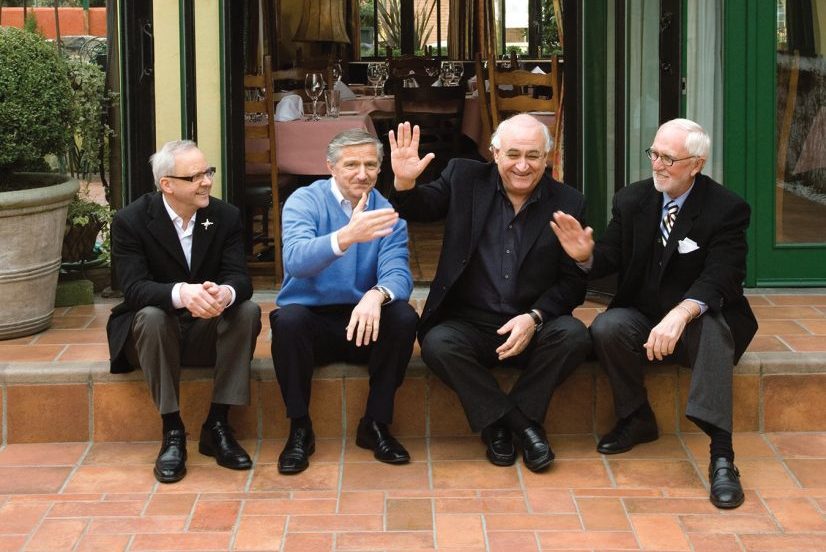The ceaseless flurry of blogs, newspaper and magazine reviews, cookbooks, television shows, television networks even, all fully dedicated to food, and to the industry that has sprung up surrounding it—especially as it pertains to the phenomena of top chefs, who are today’s rock stars it seems—is on the whole (though not by a particularly wide margin), a welcome thing. It was not always thus. Jean-Georges Vongerichten and Daniel Boulud have set up fine-dining establishments in Vancouver, and both of them stated to me, in quiet moments during hectic, torridly paced visits to New York, something that had a familiar ring. There is a good reason for that, since, over an espresso at La Cucina in North Vancouver, Umberto Menghi had said the same thing to me years earlier: “We are here to perform. To serve our guests, to give them the experience they desire.” Umberto likes to use the Italian word sostanza when he refers to a good dining experience, and it means pretty much what you might think it means: of substance, with soul. To dine out means you are expecting and should receive something special, not only the food, but the service, the decor, the entire experience.
Umberto has been doing this for a long time now, and he recalls with a smile and a shake of the head the early days. “People did not have an understanding of simply going to out to dine for the sheer pleasure of it. It was only about special occasions—birthdays and marriage proposals—that sort of thing. French onion soup and Chateaubriand, maybe, just maybe, a salmon Wellington once in awhile. But when I opened my place,” he waves his hand around the main room at Il Giardino, which succeeded his famous Yellow House, “I wanted it to be authentic Italian food, done the traditional way—no pretense, just real food, but presented in a way that encouraged people to enjoy themselves.” The results resoundingly spoke for themselves. The little yellow house that is now a Vancouver Heritage Site, still sits right next door to Il Giardino, silently bearing witness to the fact that Vancouver embraced Umberto’s notion of dining out, that the region was more than ready to try something a little different than what they knew, and that it could be both exciting and fun. “From the beginning, it was about the basics,” Umberto says. “Always. I hire and train ambassadors for my restaurant, not servers. I show them how to observe the room, how to really see what is going on, how to make it go smoothly. We strive to get to a certain high level, a kind of plateau, and sustain that over time. That is the difficult thing, to stay at that high level over the years. And to make it relaxing, and fun, means eventually people go out to eat more often.”
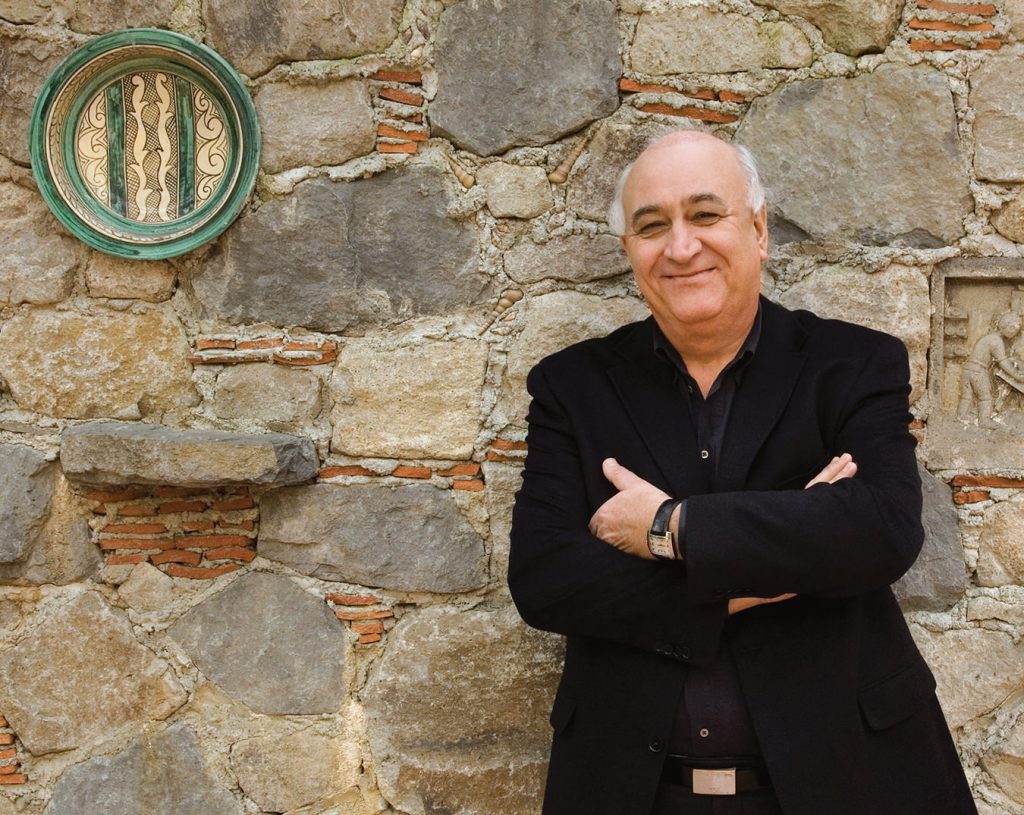
Umberto Menghi..
John Bishop, whose lovely, eponymous restaurant has graced 4th Avenue for nearly 24 years, was Umberto’s chef for 10 years before that. “My wife and I, with a few friends, used to sit around the table at home, on a rare day off, and say to ourselves, ‘we should open a restaurant, you know.’ ” And so, one fine day, he did. Not long into it, John decided to do something that was unheard of at the time: “I thought that respect for the ingredients themselves, and who grows them, should be a fundamental part of the restaurant.” And so began what is now virtually de rigueur in British Columbia: local, seasonal, fresh ingredients. Is John Bishop bemused at the current craze, which in some vital way he begat? “No, not at all. I am thrilled that this path has opened. If it is a trend, it is a good trend. People can now eat a chicken, and it tastes like a chicken. In the restaurant, just as in my home, we are about health, in spades.” He pauses, then reiterates something Umberto had said. “It is not new; it is new only to us. In China, Italy, many other places, local ingredients are all they know. At Bishop’s we make our own choices; I believe in what we do. It turns out people now want a taste of local. In the old days, local was considered to be not quite fine dining, which had to be exotic in order to be taken seriously.”
This is a high-pressure job, but I don’t want to ever go home at night and think, I could have made a better onion tart today. The truth is, you are only as good as the last meal, the last dinner service.
Plenty of young talent has been nurtured by John Bishop. He calls them “my kids”, obviously with great affection, and the list includes Michael Allemeier, Vikram Vij, Jeff Van Geest, Carol Chow, Judith Knight, James Walt, Adam Busby, and, cooking these days at Bishop’s, Andrea Carlson. “I brought my family in the other night, something we rarely do, but it was a slow evening, and yes, these are challenging times. But we sat down, and as I tasted each dish, I just thought, my goodness, this is fantastic food. I was thrilled, actually, to be eating the great dishes Andrea is making, that Bishop’s is still relevant, still making such wonderful food.”
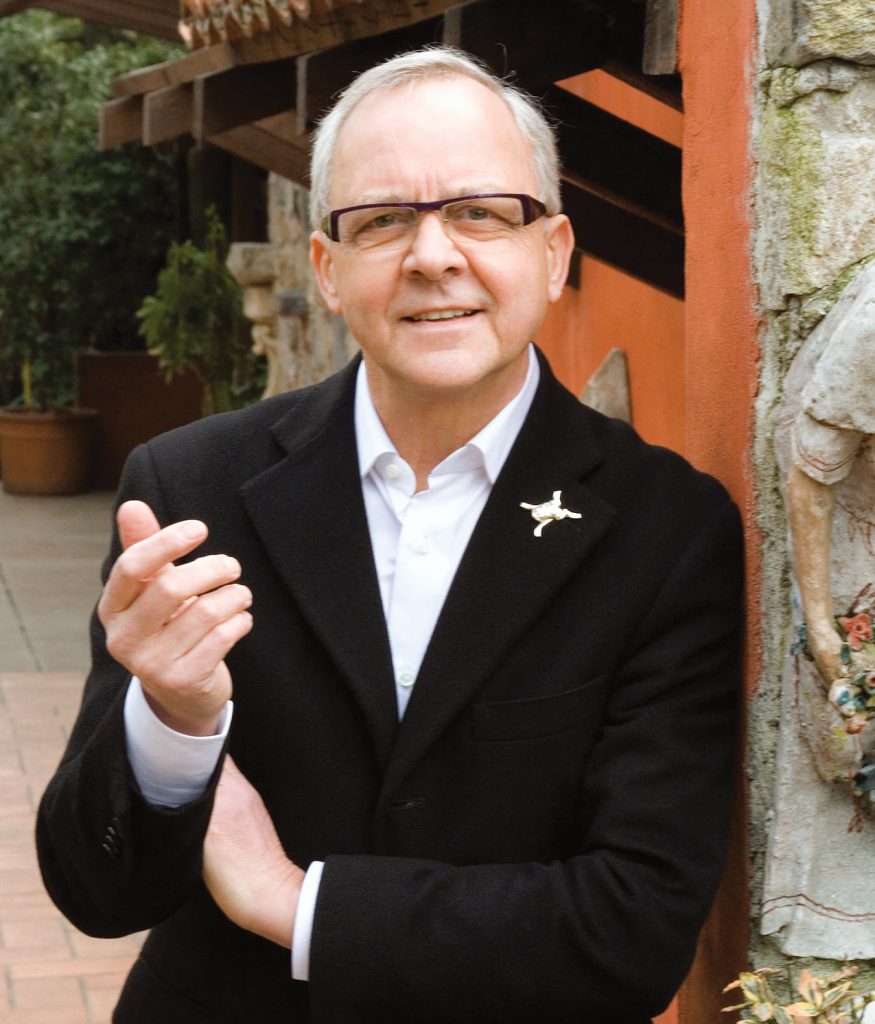
John Bishop.
John notes the challenging times, but these are not unknown to him. The early 1980s were a difficult period also. Bud Kanke had already opened his famous restaurant, the Cannery, a decade previously, and was fully equipped to weather that storm, as he weathers this one. Bud was not a cook, nor even a restaurateur. “I was a chartered accountant. I worked at Rivtow, but the idea of opening a fine restaurant near the office, on the waterfront, was irresistible to me. Initially, I was asked to be involved as an investor, a decision that took me less than 60 seconds to make. But when I assumed full ownership a bit later, I needed to learn a lot. Umberto and I went to Europe—this was in the early seventies, I suppose—and he showed me a whole different understanding of food itself and of what dining out could be.” Alex McGillivray, then the food writer for The Vancouver Sun, was an early and passionate advocate. There was nothing like it in Vancouver. Bud notes that “We anticipated it would take some degree of education, for customers to appreciate what we were doing. But we were busy from the first evening. That parking lot was always full. Within 60 days, we had already decided to expand, bigger kitchen.”
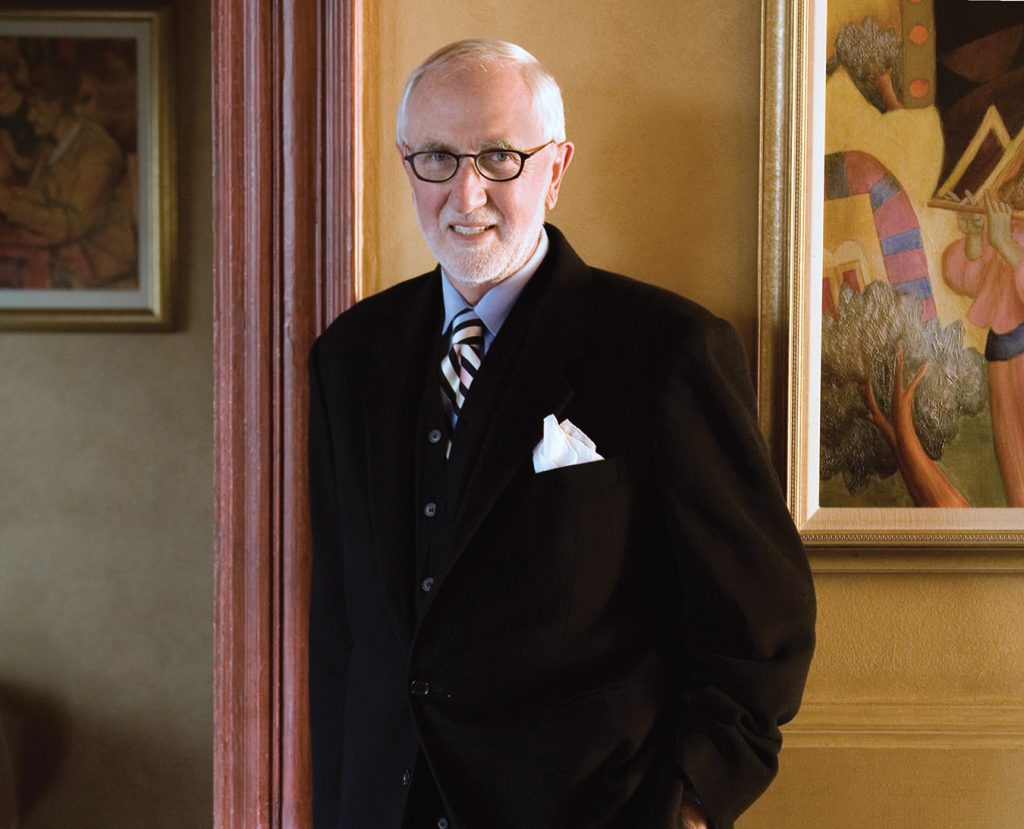
Bud Kanke.
The late, and great, Jean-Luc Bertrand, and Manuel Ferriera, owner of Le Gavroche and Senova, were some of the early employees at the Cannery. Geoffrey Howes as well. Bud went on to open many restaurants, most notably Joe Fortes, a Vancouver institution. It is worth noting that George Tidball opened the very first Keg in April 1971, and Bud Kanke opened the Cannery at virtually the same time. Kanke’s sense of fine dining, honed partially with Umberto in Europe, was also informed by his extensive travels in the United States: “I learned about cuisine in Europe, about efficient service in the U.S. At Joe’s we still stay close to our brand, slightly back of the cutting edge, not quite so erudite as what Michel Jacob does, for example, but always understanding that Vancouver overall has a sophisticated palate. They are quite adventurous, I am sure because they travel globally. I travel extensively myself, and have grown completely passionate about food. I usually wake up in the morning with thoughts of what we will be eating that day. So, we want clean, fresh flavours, and always West Coast lifestyle in our restaurants. And by the way, Joe’s still makes the best Cobb salad in the country.”
There is comfort food, and then there is comforting food, food that is extraordinary because it is not only authentic (as Umberto says, “I am Italian. I do not ‘play’ Italian.”) but rigorously of the moment.
Speaking of Michel Jacob, the chef-owner of Le Crocodile, now celebrating 25 years of service, things are still humming along. Michel worked with Umberto for three years, having done his extensive apprenticeship mostly in his native Alsace, but opened a tiny, authentic place on Thurlow that was a resounding success. He eventually moved to more expansive surroundings, and a bigger kitchen, just off Smithe and Burrard. He sits down after cooking a brisk lunch service, his sous chef ill that day. “I still enjoy the cooking. For me, it is the greatest pleasure,” he says. As with John Bishop, Michel can boast some fine alumni, including Rob Feenie, David Hawksworth, and the extraordinary pastry chef at West, Rhonda Viani. “Here, they learned to cook real food, and more importantly, to be consistent.” Michel is thoroughly French in this regard. Greatness is measured by longevity and consistency. “They learn many things in school, but speed is not one of them. This is a high-pressure job, but I don’t want to ever go home at night and think, I could have made a better onion tart today. The truth is, you are only as good as the last meal, the last dinner service. I tell people, when we train them, that they have 25 years of Le Crocodile’s reputation in their hands. Do your best, and be consistent, every day. It takes a special person to flourish in a fine restaurant. I am demanding, of course. The day I am told I am an easy boss to work for, is the day I will know I have lost my edge. You cannot take anything for granted, and of course, the customer is always right, something we teach our staff. Always right.” He considers this as he watches the last customer of the lunch service exit the restaurant. “We have a third generation of customers now. For me it is about how people relate to food. For this kind of restaurant, I would say over 50 per cent of our customers know what they will order before they come through the front door. That means we must be consistent, able to meet their expectations. If they had a perfect tomato and gin soup and steak au poivre in 2005, and they expressly come back for that in 2009, it has to be perfect again.”
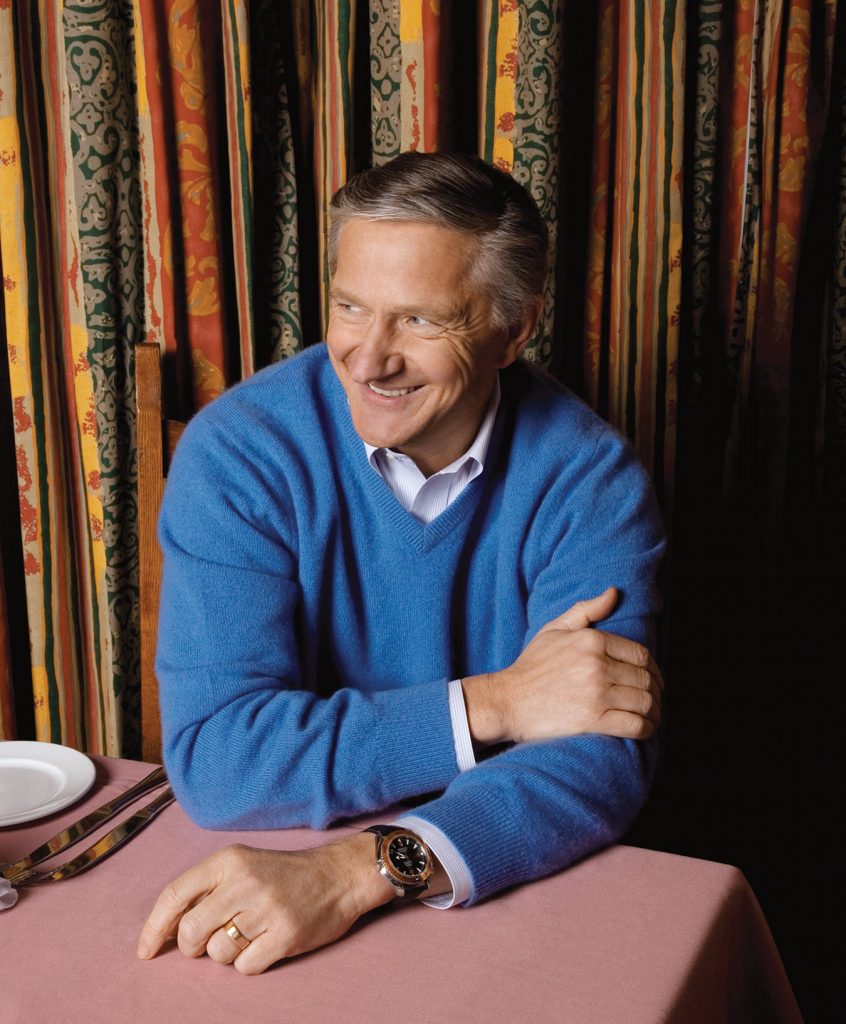
Michel Jacob.
This is a constant refrain, from all four gentlemen. They aspire to excellence over time, which is why they have, together and individually, built the fine-dining scene in Vancouver, and more broadly, the province. It can be said to have truly begun well over three decades ago, and all four of them were there to nurture it, see it through. Others have followed, augmented, and enhanced it all over time, people like Jack Evrensel, for example, and his Top Table restaurants. And of course the new wave of fine dining and superstar chefs is upon us.
It is worth considering, though, a visit to the Cannery, to Il Giardino, to Bishop’s, to Le Crocodile, one of these evenings. What you will experience there is time not so much standing still, as reinventing itself, without forsaking the past. There is comfort food, and then there is comforting food, food that is extraordinary because it is not only authentic (as Umberto says, “I am Italian. I do not ‘play’ Italian.”) but rigorously of the moment. That is why these restaurants stay popular and lively, as they proceed into yet another decade of service. They are mentors, certainly, and as Michel claims, “You are only as strong as the people you train.” On that count, all four are exemplary.
The best reason to visit, though, aside from the food, the service, the ambiance, is a comforting fact born out of long, hard-won fact. When you are in a fine restaurant that has thrived over a long period of time, you can take it to the bank and to the palate that the reason for their longevity is that today, the day you are dining, is the only day that matters, and that they are giving you their best. Sostanza.
